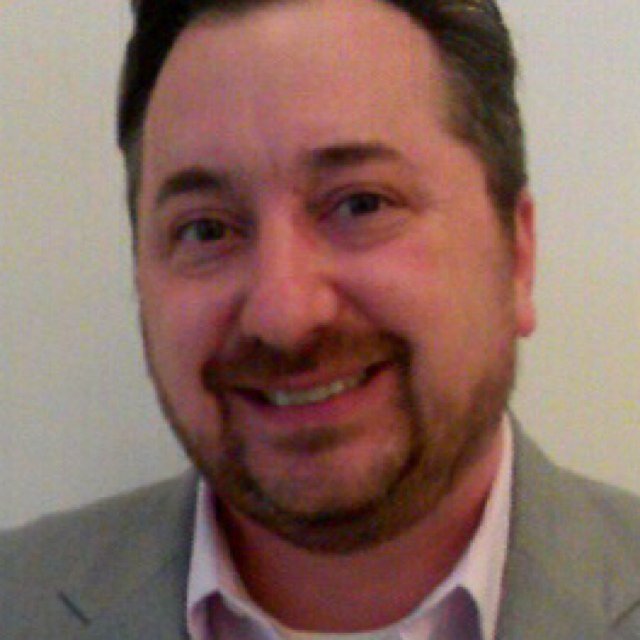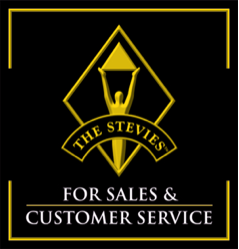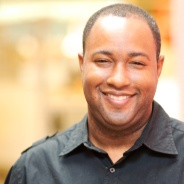Check out how customer support organizations across industries use online community programs to engage with their audience and improve the customer experience.

You know community is important, but what is the actual impact of a mature, well-resourced community program?
Community programs leveraged as tools to support the customer experience have an out-sized impact, improving everything from engagement rates, satisfaction levels and NPS results.
Consider these three ideas when thinking about how you can use an online community to meet your customers on their journey with your brand.
1. Use Collaboration to Support Customers
“We are currently trending 30% higher in activity since last year.”
Jbid Kissel, Senior Manager, PowerSchool
Community Use case: Customer Support
PowerSchool designed their community to empower and streamline customer experience, bringing a multitude of customer support channels under one roof. Using the Khoros platform, the community supplements a direct business-to-customer support system with a collaborative space that increased activity by 30% over the past year. Learn more.
Think about where your customers want to connect with you? How can you meet them there with your community? By offering collaboration support solutions you not only get your audience connected with the information they need, you empower advocates to share their stories.
2. Start at the Beginning (Every Time)
“We are replicating many community features in our Employee Portal, because of the growth we have seen.”
Kristen Meren, Community Manager, Tealium Education
Community Use Case: Advocacy Programs
Tealium Education recently revamped their community and added two community managers. The update aligned advocacy initiatives with the pillars of their community, identifying three core advocacy tasks: create killer content, drive engagement, and build internal advocacy. The Tealium team focused on welcoming new members and engaging previously passive members. Learn more.
On-boarding is crucial, but also can be a drag on resources. Remember, every time you on-board someone into your community it is their first time (every time). What may be dry and rote to you is new and valuable to new members.
3. Extend Your Reach (and Your Value)
“Our community allows us to provide a level of support and expertise that would be impossible otherwise”
Brad Bliven, Sr. Program Manager Digital Services, Acer
Community Use Case: Customer Support
Acer has been supporting its customers with a community for almost a decade. As a mature community, it has captured and delivered a lot of expertise – but it extends its impact by generating visibility and value for the company via public search engines. The Acer community team can connect its engagement to a range of strategic business goals across the customer lifecycle; awareness and branding, communications efficiency, lower support costs, and customer loyalty. Learn more.
Connecting your community to your wider business isn’t just good for your current customers. Extending the reach of content helps educate interested parties, and keep your employees in touch with the voice of the customer.



